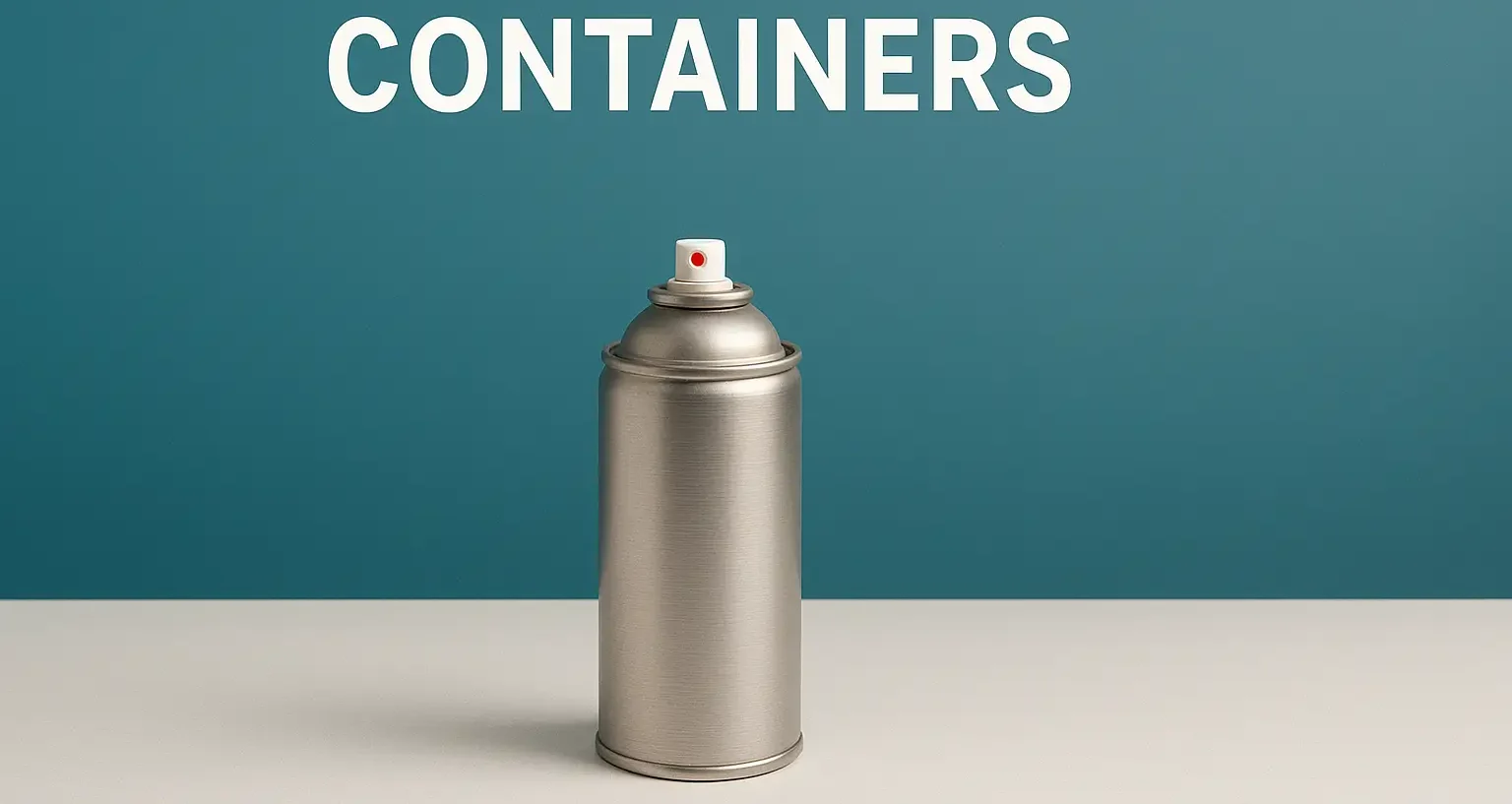Definition of Container:
- The containers play a crucial role in maintaining the integrity of the aerosol system.
- The container house both the formulation and the propellant under pressure.
- The choice of container material depends on the nature of the product, the propellant, and the intended use.
Types of Containers Materials

-
Metal Container:
- Examples: Aluminum, Tin-plated steel, Stainless steel.
- Advantages: Lightweight, durable, resistant to internal pressure.
-
Glass Container:
- Advantages: Chemically inert.
- Limitations: Fragile and less suitable for pressurized systems.
-
Plastic Container:
- Examples: Polyethylene, Polypropylene.
- Limitations: Risk of deformation and interaction with the formulation.
Manufacturing Process of Containers:
- Container is usually manufactured with precision to ensure uniform wall thickness and a consistent capacity. Surface treatments may be applied to enhance compatibility and stability.
Considerations:
- Pressure resistance.
- Compatibility with the formulation.
- Prevention of leakage or contamination.
Click Here to Watch the Best Pharma Videos

